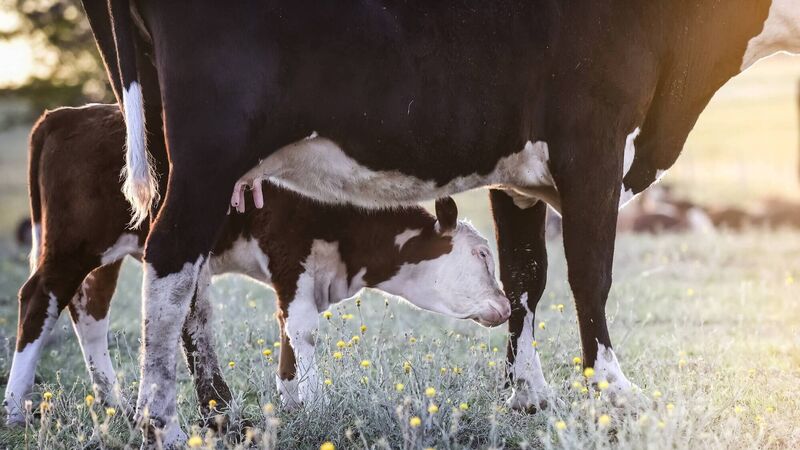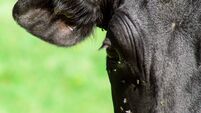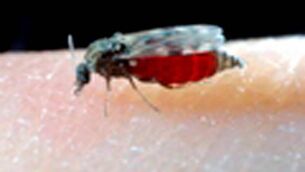AI Report: Steps to managing your breeding season

When selecting which animals to breed from, it is advantageous to select your highest EBI females.
As the calving season begins to quieten down on many farms across the country, the focus now turns to getting prepared for the breeding season. The following simple steps should be considered for a successful breeding season.
Firstly, you should identify where your herd is at. In order to improve and make progress you need to identify where your herd’s performance is currently. This can be done by using your EBI report, Dairy Herd Performance report and your ICBF Herd EBI Scorecard.
Once you have identified where your herd’s performance is at, the next step is to define your breeding goals. Maybe your herd needs more kg’s of milk solids, maybe you want to improve your fertility. You need to identify these goals for your own herd as individual herd’s will have different areas that can be worked on to breed for balance.
The ICBF Dairy Active Bull List is a list of the top dairy AI bulls ranked on dairy EBI. This is a useful tool for selecting your team of bulls for the breeding season. For a typical 100 cow dairy herd, a minimum of 8 bulls should be used on your herd, with no more than 15% matings to any one bull.
When selecting which animals to breed from, it is advantageous to select your highest EBI females (typically maiden heifers, first and second calvers). A lot of herd-owners choose not to use dairy AI on their maiden heifers. This can slow the rate of genetic gain as your heifers in most cases are your highest EBI females. Lower EBI cows should be bred to beef AI from the start of the breeding season.
If you choose to use a stockbull this breeding season. It is important to choose a genotyped stock bull. By choosing a genotyped stock bull, you will be using a bull with as much as double the reliability on his figures.
If you are choosing to use some Beef AI, use the ‘Dairy Beef Index’ (DBI). This index is for Irish dairy and beef farmers to promote high quality beef cattle bred from the dairy herd that are more saleable as calves and profitable at slaughter, yet, they have minimal consequences on the calving difficulty or gestation length of the dairy cow. Bulls with higher beef merit figures should be selected for older animals. Consider the use of vasectomised bulls in conjunction with beef AI as an alternative to beef stock bulls. Avoid using dairy ‘sweeper’ bulls.
Use the ICBF HerdPlus Sire Advice tool to help manage your breeding program and simplify the process of sire selection. It will allocate your bulls to cows based on their strengths and weaknesses, as well as manage inbreeding. Cows designated for beef AI should be flagged to ensure that only the best animals are used to breed dairy herd replacements. Sire advice aims to maximise EBI, reduce inbreeding and breed a more balanced herd.
If using sexed semen, only use high EBI sires and ensure that all sexed semen inseminations occur early in the breeding season. Any inseminations with Jersey or crossbred bulls should be conducted using sexed semen only. Pay careful attention to straw handling and AI procedures, as sexed semen contain fewer sperm, and these sperm are more fragile after the sorting process.
Final step and possibly the most important of all is to use a team of bulls equally. Bulls figures fluctuate up and down as data comes in to ICBF every two months. As the data increases so does the reliability of the index which reduces the amount of fluctuation. As a bull becomes proven, there is always the risk of figures dropping as data comes in on progeny. To address this risk and ensure that you make genetic gain year on year, a team of bulls should be used equally (e.g. 100 straws = 10 straws x 10 bulls).
Cows come into heat at all times of the day. On average however, they are only on heat for 8 hours with slightly more than half of them standing for 8 hours or less. This makes them really difficult to identify in heat. Teagasc research has also found that late calving cows will be more difficult to spot in heat as they tend to have shorter duration of standing heat and because they come into heat later in the breeding season (when the group will be smaller). As a result, Teagasc recommends two actions; three periods (or more) of heat detection daily (early morning, mid-day and late evening) and that a heat detection aid or aids are used (such as tail paint and a vasectomised bull).











